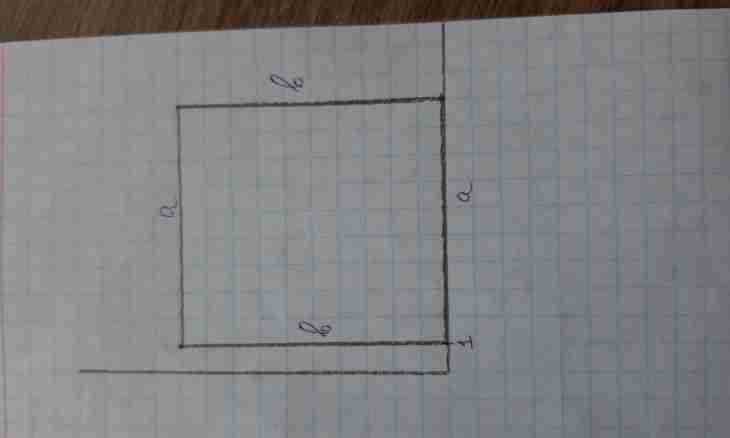According to definition, a rectangle in Euclidean geometry the parallelogram at which sizes of all corners are identical is considered. As the sum of corners of a quadrangle is always equal in this section of geometry 360 °, each corner of a rectangle makes 90 °. This circumstance very much simplifies calculation of the area of such figure, providing a large number of options at choice. Some of them are given below.
Instruction
1. If length (A) and width (B) of a rectangle are known, for finding of its area (S) just multiply the sizes of these two parties: S=A*B. For example, if length is 10 cm, and width of 20 cm, the area is equal 10*20 = 200 square centimeters.
2. If length of diagonal of a rectangle (C) and a corner between it and one of the parties is known (α), length of one of the parties can be determined as the work of diagonal on a cosine of the known corner, and length another - as the work of diagonal on a sine of the same corner. Having multiplied these two parties it is possible to receive the area of a figure (S). In a general view the formula will look as the work of a square of diagonal on a sine and a cosine of the known corner: S=C*sin (α)*C*cos(α). For example, if length of diagonal is equal to 20 cm, and corner size from one of the parties is 40 °, calculations of the area will look so: 20*sin (40 °) *20*cos (40 °) = 400*0.6429*0.7660 = 98.4923 square centimeters.
3. If length of diagonals of a rectangle (C) and a corner between them is known (β), the area of a figure (S) can be determined as a half of the work of a square of length of diagonal on a sine of the known corner: S=0.5*C*C*sin(β). For example, if length of diagonal is equal to 20 cm, and the size of a corner is equal 40 °, calculation of the area can be written down so: 0.5*20*20*sin (40 °) = 200*0.6429 = 128.58 square centimeters.
4. If length of one of the parties (A) and perimeter of a rectangle (P) is known, the area of a figure (S) can be expressed as the work of length of the known party on a half of a difference between length of perimeter and the doubled length of the party: S=A*(P-2*A)/2. For example, if length of the known party is equal to 20 cm, and length of perimeter is 60 cm, the area will be calculated so: 20*(60-2*20)/2 = 10 * 20 = 200 square centimeters.

